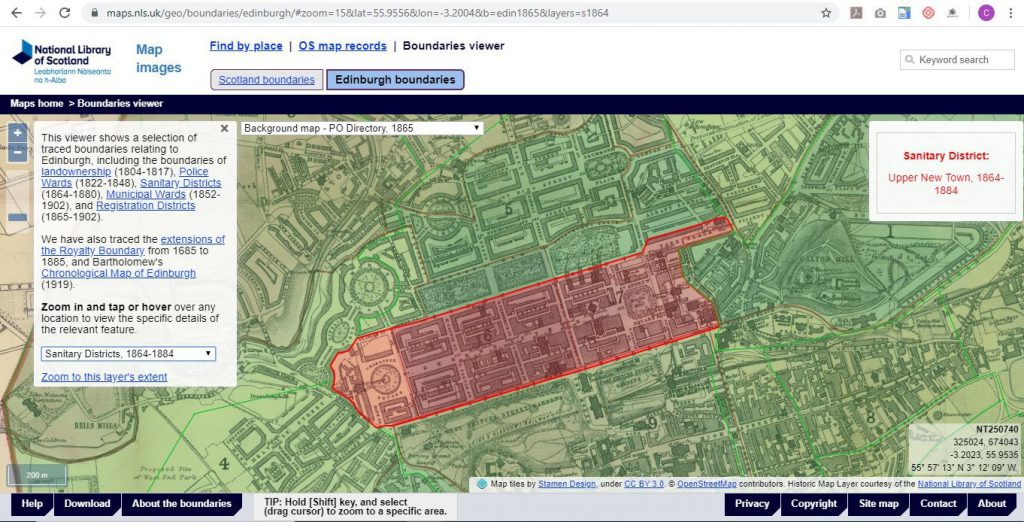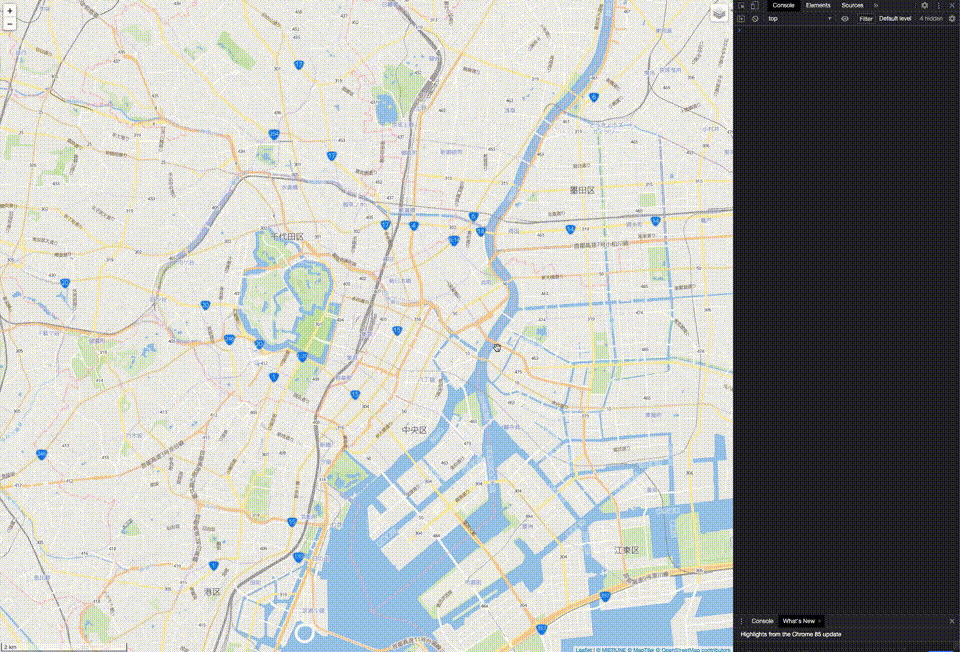

Copy TileJSON and paste it into MapTiler plugin → Add a new map… → From URL and paste URL link to TileJSON to URL field. On the detail page of the map you want to add, you find URL links to TileJSON for both to raster tiles 256x256 and raster tiles 512x512. Instead of copying the StyleJSON URL (which we use for vector maps), we use the TileJSON URL for raster tiles. You can also add raster tiles to any of your maps via the MapTiler plugin. By default raster tiles 512x512 will be added. If you want to add any of the maps from MapTiler Cloud as raster tiles, simply right-click on the map and select Add as Raster. Copy URL to its StyleJSON and add it to QGIS using MapTiler plugin → Add a new map… → From URL Once you have a perfect map style, you can simply publish your map. Make your own map design in MapTiler Cloud
#Maptiler github how to
How to build a map that is easy to read for users from a specific country

How to make custom map design in MapTiler Cloud Read other articles that cover how to customize a map. Right-click on a map and select Customize in Cloud. If you like any of MapTiler maps but want to customize them to better fit your needs, there is an easy way to do it. Your own map will be added to the list of maps in the MapTiler plugin. Then right-click on the MapTiler plugin → Add a new map… → From URL add the name of the map and paste copied StyleJSON URL. For your maps hosted at MapTiler Cloud, you will find this StyleJSON URL on the map detail page. First, prepare the URL of your StyleJSON. If you want to add your own map it is easy as well. MapTiler plugin offers predefined maps but it is not limited just to them. Just right-click on MapTiler → Add a new map… → MapTiler Cloud and select any map from MapTiler Cloud. You can add more maps from MapTiler Cloud. An expanded list will show you the most popular map presets. Once you have added your key or token, you can click on MapTiler in the QGIS Browser panel. In QGIS add your Token in the Account window by right-clicking on MapTiler → Account… Token will be stored in QGIS Authentication database. Click on the New Credential button and copy the token (keep this token private – treat it the same way as a password). To get one, go to your MapTiler Cloud Account page, and click Credentials on the left of the interface. The new version of the plugin uses Tokens. To use predefined map styles from MapTiler Cloud, you need to add your key in the Account window by right-clicking on MapTiler → Account…You can find your API key in the MapTiler Cloud administration web page, in the section Account → API Keys. Right-click on the MapTiler heading in the Browser menu to access this.Īuthentication MapTiler QGIS plugin versions 1.0 and 2.0 OpenStreetMap and Terrain RGB) from the Add new map menu.

All the maps added using the older version of the plugin will persist on the list of maps in the Browser menu.Īfter upgrading the plugin, you will have to add the new default maps (e.g. Your plugin settings will be carried over to the new version.
#Maptiler github upgrade
Just search for MapTiler plugin on the Installed tab and click on the Upgrade Plugin button. You can upgrade to the latest version from QGIS Plugin menu. QGIS will use a default font if a font is not installed on your system.Ī list of fonts used in maps at MapTiler Cloud can be found at MapTiler fonts. If you want to display these maps in QGIS, you need to have these fonts installed on your system. If you don’t have them installed, you might get warnings like these in QGIS: The maps from MapTiler Cloud use various fonts.
#Maptiler github install
Installing the plugin is straightforward:Ĭlick on the menu Plugins → Manage and Install Plugins…
#Maptiler github download
Follow the instructions on the QGIS website to download and install it. QGIS is a cross-platform GIS application. valid Credentials with Token for MapTiler QGIS plugin version 3.0 and newer. valid API key for MapTiler QGIS plugin version 2.0 and 1.0 To display predefined map styles from MapTiler, you need a MapTiler Cloud account with either: MapTiler QGIS plugin version 3.2 requires QGIS 3.26 or newer.

MapTiler QGIS plugin version 3.0 requires QGIS 3.24 or newer. MapTiler QGIS plugin version 2.0 requires QGIS 3.16 or newer. MapTiler QGIS plugin version 1.0 requires QGIS 3.14 or newer. These are minimum versions of QGIS required by the MapTiler QGIS plugin: Print vector maps based on OpenStreetMap data in high resolution with all the cartographic options that QGIS offers. Load a map of the entire world with one of many ready-to-use map styles, customize map styles to suit your needs, or create new ones from scratch. Do you need fully customizable base maps for QGIS? Do you need to print a map that you created in MapTiler Cloud? After reading this article you will know how to do it via the MapTiler plugin.


 0 kommentar(er)
0 kommentar(er)
